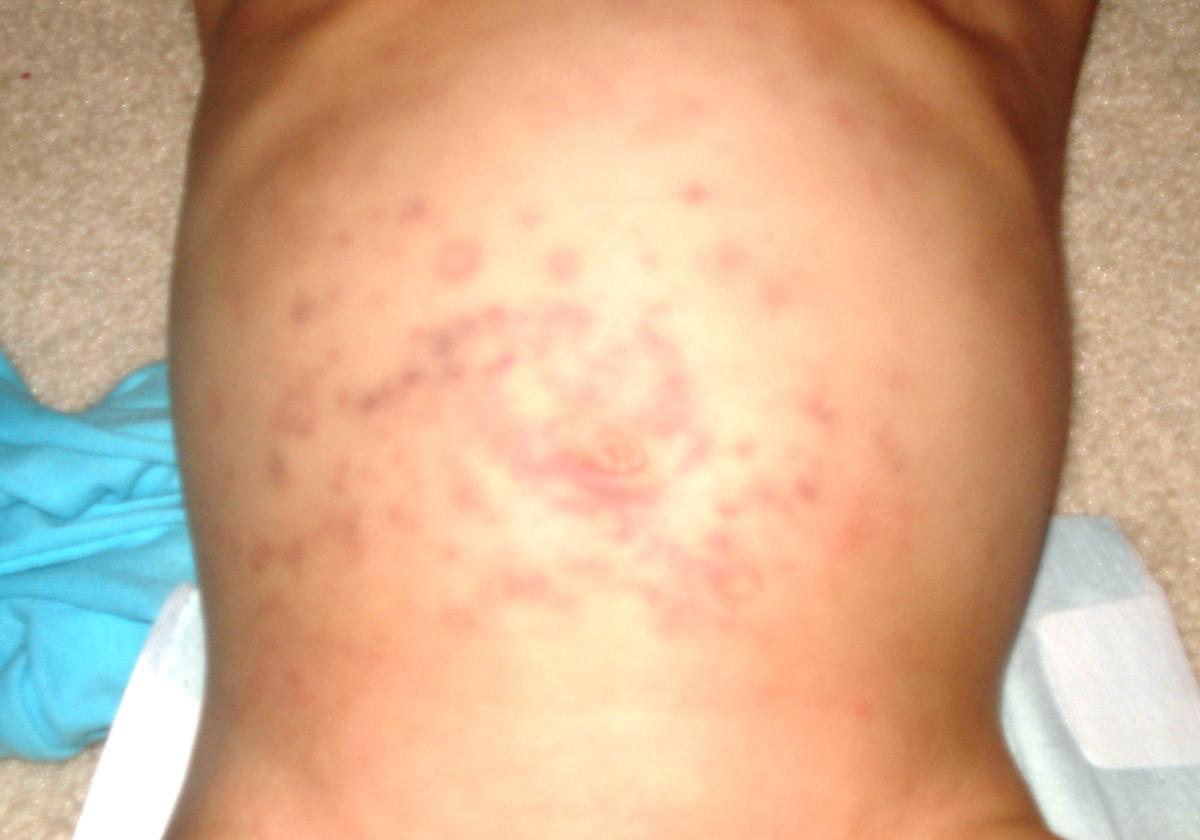
Characteristics of Hives
Hives are a skin condition, quite often affecting the people all around the world, regardless of their age, gender or any other individual aspects. They manifest through the appearance of redness and swelling somewhere over the surface of one's skin, frequently accompanied by itchiness, irritation or discomfort. Due to the fact that many people may suffer from hives simultaneously, people have been lead into a misconception. Namely, some of us believe that hives are contagious. Some people may believe this because, sometimes, people close to you may develop the same hives shortly after you have, or at the very same time. Nevertheless, before jumping to conclusions, you need to bear several things in mind. First, hives are always a symptom, not a condition on their own. Thus, they are a sign of something bigger, like an allergy, poisoning, underlying illness or something similar, going on in our organism. It may be triggered by different allergens, chemicals, viral, bacterial or fungal activity, or insect bites. Therefore, if two people closely connected to each other, are both allergic to being bitten by a certain insect, they will both experience hives, not because of the contagious hives but because of the allergic reaction to the bite itself. Also, if two or more people suffer from the same microorganism infection, they may all experience hives, due to the infection, not the hives. All in all, hives are not contagious, their causes, mostly, are.
Manifestations of Hives
Hives are usually red or white signs of irritation or any abnormal reaction upon your skin. In most cases, it may affect our abdominal area, back, hands or legs. They may even evolve into pus creation and get infected. There are several types of hives. The first is temporary, and starts immediately after getting in contact with the trigger, lasting for several minutes/hours and disappearing afterwards. The second lasts for years, its cause is often unknown, and is called chronic hives. Finally, hives may appear on our skin due to excessive exposure to sun or cold. These are called physical hives.
Means of Treatment
Immediately after noticing hives, it is best to apply ice upon the troublesome spot. This will reduce the inflammation and swelling significantly. Afterwards, you may either consult with your doctor, or choose to apply some of many over-the-counter topical medications for these purposes. Also, increasing your vitamin C intake will boost your immunity, probably making you less prone to developing hives due to your allergies.
Finally, try to avoid your allergens, and take good care of yourself. Do not take any medication on your own but, rather, consult with your doctor beforehand.


-Causes,-Symptoms-And-Diagnosis_f_280x120.jpg)
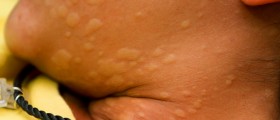
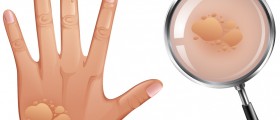
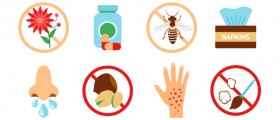
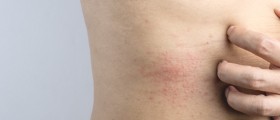

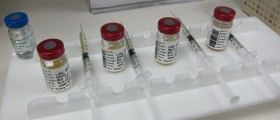

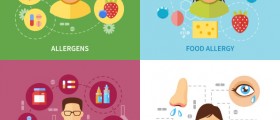


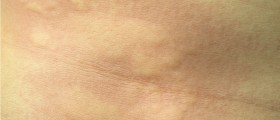
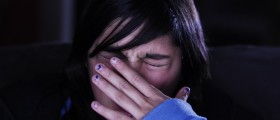


Your thoughts on this
Loading...